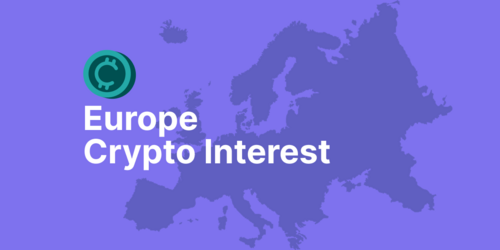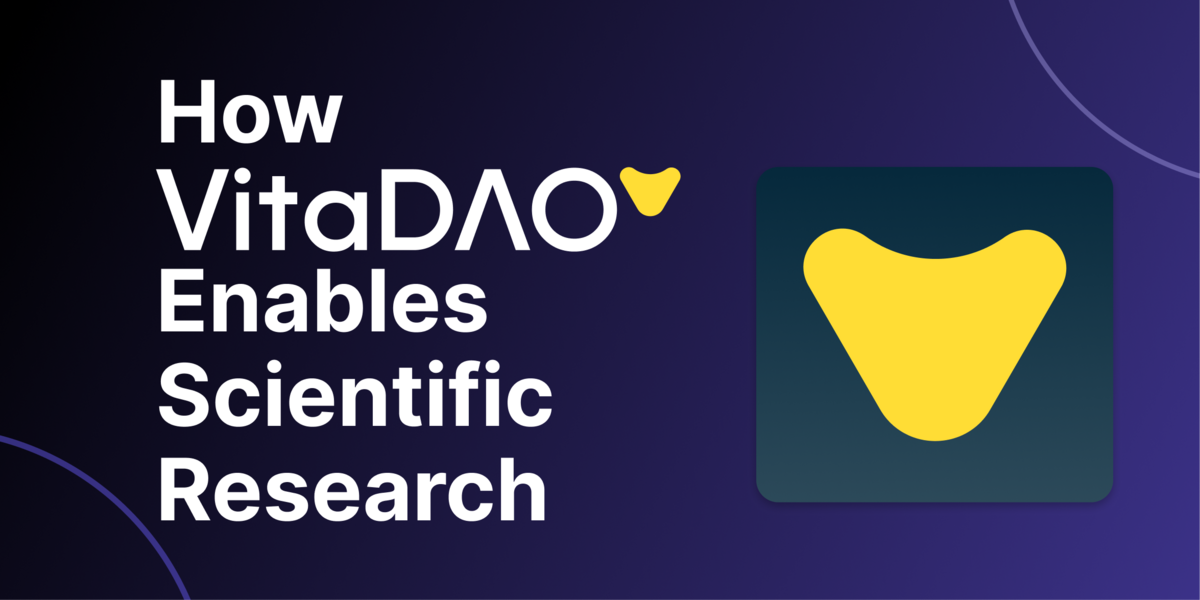Key Takeaways
- Kaspa (KAS) has the capability to facilitate high block rates while preserving the level of security provided by Proof-of-Work consensus mechanisms.
- Kaspa’s instant block times facilitate pre-trade privacy and anonymous transactions, protecting users from exploitations such as manipulation of transaction ordering.

Simply put, Kaspa is an instantaneous validation transaction sequencing layer. This means that miners can promptly include transaction requests into the blockchain, supporting non-contemporary state updates. Essentially, Kaspa utilizes the PHANTOM protocol – a scalable simplification of the Bitcoin consensus (transaction rules, states, and Bitcoin values). Kaspa also leverages Bitcoin’s Proof-of-Work (PoW), UTXO-based isolated state, deflationary financial policy, and has no pre-mining and central governance.
What sets Kaspa apart from other crypto projects is its capacity to facilitate high block rates while preserving the level of security provided by other PoW environments. Currently, the protocol boasts one block per second, but its developers plan to increase the capacity to 10 or even 100 blocks per second.
This article takes a deep dive into Kaspa, the Kaspa price trend, what Phantom GHOSTDAG is, the Kaspa ecosystem, using Kaspa wallets, and where to buy Kaspa.
What is Kaspa?
Kaspa describes itself as the fastest and most scalable Level 1, instant validation transaction layer leveraging a PoW consensus mechanism. It’s based on the GHOSTDAG/PHANTOM protocol, a scalable generalization of the Bitcoin consensus, implying it’s theoretically as secure as Bitcoin since it draws no extra assumptions. Instead of abandoning parallel blocks like legacy blockchains, PHANTOM lets them co-exist and arranges them in consensus. Generally, Kaspa is the Bitcoin consensus in its simplest form. To achieve full decentralization, Kaspa is community-based and open-sourced.
One of the major issues with the Bitcoin consensus, which Kaspa strives to solve, is that a network attacker only needs to issue slightly fewer blocks than the authentic work because of the frequency of isolated blocks in regressing transactions. Therefore, a 51% attack essentially requires less than 51% of computation power. This literally appears to be a small issue, and there’s a slight difference between a 50.1% and a 49.9% attacker. The problem arises when developers increase the network throughput by improving the block rate or size. They inevitably increase the isolation rate, hence undermining network security.
The Kaspa idea was conceived and effected in 2016 by Yonatan Sompolinsky and Aviv Zohar. Through the GHOSTDAG protocol, they designed and implemented a project to solve the scalability nightmare of PoW blockchains. Moreover, like other PoW solutions, Kaspa ensures safety with the benefit of faster settlement speed and flexible block time and reward.
How Does Kaspa Work?
Instant transaction confirmation enhances user and developer experience and reduces transaction costs. Kaspa achieves this by reducing its consensus mechanism latency. Besides, Kaspa peripheral nodes prevent severe front-running and miner extractable value (MEV) threats. Thus, users don’t have to worry about the issue of miners and trading bots manipulating network activities to exploit them. Kaspa’s instant block times facilitate pre-trade privacy and anonymous transactions, protecting users from such exploitations.
The security of most networks depends on the fact that the interval between blocks is significantly bigger than the time the whole chain requires to learn about a new block. As such, parallel blocks are isolated, limiting the growth rate of the authentic network. Solving this security tradeoff is the drive behind the Kaspa GHOSTDAG protocol. The GHOSTDAG consensus algorithm also helps ensure decentralization, where no single entity has control over the network, as multiple nodes propose and validate transactions to avoid power concentrating in a single node.
Instead of being a single chain like in most crypto projects, Kaspa leverages a directed acyclic graph (DAG), where a block points to several blocks instead of one. The DAG is arranged in a crisscrossed chain, and transactions that align with previous transactions are integrated. The design mitigates double spending and is the foundation of GHOSTDAG.
You can see a visualization of the BLOCKDAG here: https://kgi.kaspad.net/
The Kaspa foundation layer aims to develop a scalable INSTANT event sequencing layer. Furthermore, Layer 2 (L2) developments will be accountable for the network’s wide-ranging and open form. Generally, Kaspa strives to create a mutual, scalable sequencing layer, faster settlement times, and private pre-trade activities that guard against censoring miners and bootstrapping an environment of cross-silo communication.
Kaspa (KAS) Price Trend
KAS is the native currency for the Kaspa protocol. It fuels all the network activities, including developer fees and transaction costs. As of time of writing, KAS has a circulating supply of just under 17.7 billion and a market cap of $658.2 million. You can trade KAS tokens on MEXC, Gate.io, Txbit and TradeOgre exchanges.

KAS launched in November 2021 with no re-mine, zero pre-sales, and no token allocations. The maximum supply of KAS tokens is 28.7 billion tokens, with an emission program that halves yearly through seamless monthly reductions by a factor of (1/2)^(1/12).
Source: https://kaspa.org/mining-kaspa/
What is PHANTOM GHOSTDAG?
In 2008, the pseudonymous Bitcoin creator, Satoshi Nakamoto, laid the foundation for blockchain technology. The primary concept behind this technology is an open and anonymous network of computers (miners), which secures transactions. The technology is in the form of a chain of blocks – the blockchain – where every block is a collection of new transactions sent by the network users. One major drawback of Satoshi’s invention is its highly restricted scalability.
For the Bitcoin protocol to be secure, the honest network operators must know each other’s blocks immediately after the block’s creation. As such, the network throughput is insincerely inhibited for the blocks to propagate before the subsequent ones are mined fully. The few isolated blocks that fork the network are issued spontaneously.
PHANTOM is a PoW consensus mechanism for a permissionless blockchain that generalizes the Bitcoin protocol to a direct open-chain graph of blocks (blockDAG). It solves an optimization issue over the blockDAG to differentiate honest blocks from dishonest ones. This creates a reliable set of commands on the blockDAG – a system that is mutually consented by all honest miners. To leverage PHANTOM, you can act as a miner to solve difficult kHeavyHash mining puzzles or a Peer-to-Peer (P2P) node operator to validate blocks according to the GhostDAG consensus. The GHOSTDAG protocol acts as the primary technology behind Kaspa.
To learn more about PHANTOM GHOSTDAG, you can read the paper here.
The Kaspa Ecosystem
To participate in the Kaspa ecosystem, you can become a mining node operator. The protocol’s rapid block rates make KAS mining more decentralized and facilitate profitable individual mining at minimal hash rates. KAS mining uses a kHeavyHash, a modified type of an “optical miner” HeavyHash algorithm. kHeavyHash is resource-efficient, core dominant, and integrates well with standard mining equipment, like GPU and FPGAs. Apart from KAS mining, let’s look at another Kaspa ecosystem development making rounds online.
Decentralized Kaspa Nodes
On September 1, 2022, Kaspa partnered with Flux, a major provider of distributed cloud solutions, to launch Kaspa blockchain nodes on their cloud platform. The partnership will enable Kaspa to decentralize further and enhance its security and scale. Previously, there were approximately 13,500 Flux nodes hosted globally by the Kaspa node operators, with redundancy as their primary characteristic. There are multiple pathways between nodes, so if one link fails, there’s still another path for the network.
How to Set Up and Start Using Kaspa Wallets
Kaspa wallet is applauded for its user-friendliness and high-level security features. It runs on the Bitcore network and has several security layers, such as multi-sig. The wallet is also known for its frictionless user interface, which makes it ideal even for beginners. Besides, it’s a full-fledged wallet that lets users securely manage transactions. Currently, there are three types of Kaspa wallets:
-
Kaspa web wallet
-
Desktop wallet
-
Kaspa command line wallet
This guide will concentrate on how to use the Kaspa web wallet since it’s the most popular and easiest to access.
Step 1: Access the Kaspa Wallet
To set up and use a Kaspa wallet, you must first access it. Click here to access the Kaspa wallet website.
Step 2: Create a New Wallet
As a new Kaspa wallet user, click on the option “Create New Wallet.” A new window will open that requires you to create a password for your wallet.
After creating and confirming your password, you will be assigned a 12-word backup phrase. You will again be requested to verify some of the basic phrases. After that, you can access your wallet’s landing page, similar to the one shown below.
Remember to keep your backup phrase safe since careless handling will expose your assets to theft.
Step 3: Receive Funds Using Kaspa Wallet
On the wallet landing page above, you can see the “Receive Address” link, which you should copy and share with the source of your funds or paste into the receiving address. Besides, you can scan the QR code provided to set up the receiving address.
Step 4: Send Funds Using a Kaspa Wallet
Sending tokens from a Kaspa wallet is a straightforward process. Simply click the sent tab to access the next window.
The window requires you to enter the recipient address, the amount in KAS, and an optional note. Additionally, you can indicate the priority fee for your transaction before clicking the “Send” button.
Key Features of the Kaspa Wallet
These are the primary features of the Kaspa wallet that distinguish it from other wallets:
-
A user-friendly interface that enables even beginners to use it with minimal friction.
-
An auto-compounding functionality that facilitates auto-transactions.
-
Backup seed phrase allows users to access their seed phrase by entering their passwords.
-
Recover from seed feature for recovering your wallet and funds. To do so, you must provide the right 12-word backup phrase.
-
Export wallet seed file (KPK) functionality for exporting the seed file of your existing Kaspa wallet.
-
Import wallet seed file (KPK) for importing the seed file for your wallet to import the full account by searching your seed file on your local drive.
Final Thoughts: Is Kaspa Safe?
Crypto prices are subject to high market risk and volatility. Moreover, low market cap coins, like KAS, are more prone to high price swings. Therefore, remember to do your own research, and with the volatility of crypto, you should only invest what you can afford to do without. While it’s difficult to forecast the future precisely, some analysts believe there is a high probability that Kaspa will succeed and become the most reliable PoW protocol in the crypto space.

Josiah is a tech evangelist passionate about helping the world understand Blockchain, Crypto, NFT, DeFi, Tokenization, Fintech, and Web3 concepts. His hobbies are listening to music and playing football. Follow the author on Twitter @TechWriting001














 Or check it out in the app stores
Or check it out in the app stores